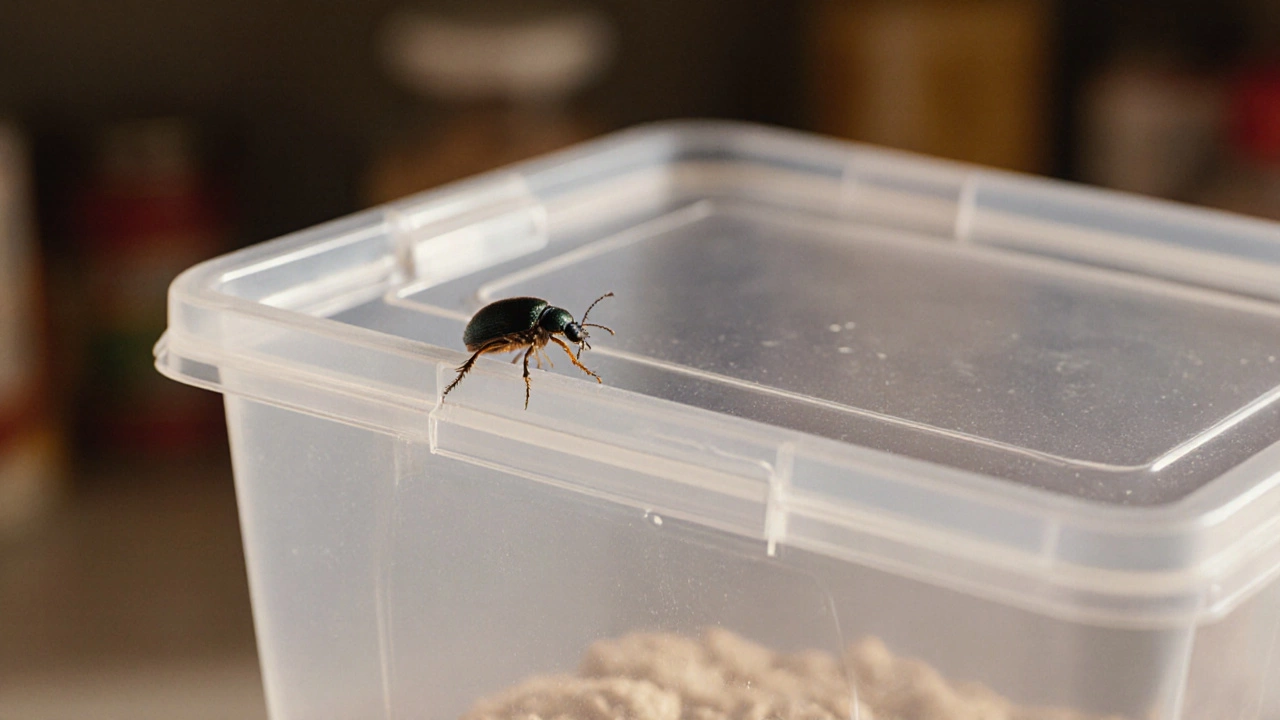Airtight Seal: Why It Matters for Your Home and Furniture
When dealing with airtight seal, a closure that completely blocks air exchange between two surfaces. Also known as air‑tight seal, it helps keep moisture out, stops dust in, and protects wood or bamboo from swelling. An sealant, a material that fills gaps and hardens to form a barrier is often the first tool you reach for, while weatherstripping, flexible strips applied around doors or windows to stop drafts provides a flexible, repeatable edge. Together they shape the overall indoor air quality, the cleanliness and humidity level inside a living space. In short, an airtight seal encompasses sealant, requires proper weatherstripping, and influences indoor air quality, all of which protect your furniture from premature wear.
Why is this especially relevant to bamboo or tiger‑inspired pieces from Bamboo Tiger? Those materials love stable climates. Too much humidity makes bamboo expand, which can cause joints to loosen or surfaces to warp. A solid seal keeps the surrounding air at a consistent level, meaning the furniture stays true to its shape and finish longer. Think of it like a protective coat for your sofa or wardrobe—just like a rain jacket keeps you dry, an airtight seal keeps your furniture dry, clean, and ready for everyday use. The same principle applies when you store seasonal items; a vacuum‑packed bag or airtight container acts as a temporary seal, extending the life of cushions or fabrics.
Practical Steps to Build an Airtight Seal at Home
Start by inspecting the edges of any built‑in storage, such as wardrobes or kitchen cabinets. Look for visible gaps and apply a thin line of sealant—silicone or acrylic works best for wood and bamboo. Next, run weatherstripping along the perimeter of doors that lead to rooms where furniture sits; this is a cheap fix that stops drafts from sneaking in. For larger pieces like sofas, consider using fitted slipcovers that have a zip‑lock system; they act like a mini‑seal for the fabric, reducing dust penetration. Finally, keep an eye on humidity using a small hygrometer; aim for 40‑60% relative humidity to give both the seal and the furniture a comfortable environment.
All these tips tie back to the core idea of an airtight seal: it’s not just a single product, but a set of habits and tools that work together. Below you’ll find a collection of articles that dig deeper into related topics—seasonal furniture sales, sofa placement, wardrobe budgeting, and more. Each piece offers concrete advice that fits right into the seal‑building mindset, helping you get the most out of your home’s design and durability.
Can Bugs Get Inside Storage Containers? Answers & Prevention Tips
Discover how bugs infiltrate storage containers, which container types resist pests best, and practical steps to keep your belongings bug‑free.
View more